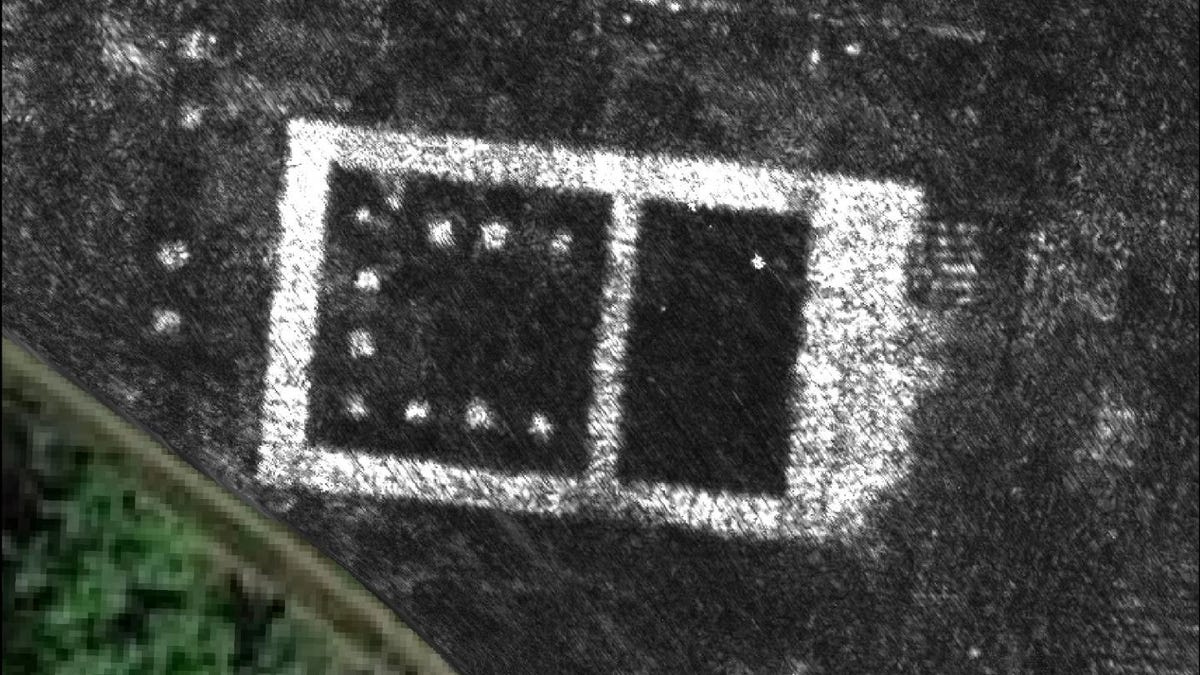Scientists unveil entire buried Roman city, no excavation required
Researchers used ground-penetrating radar to reveal the secrets of an ancient city, Falerii Novi, hidden under layers of earth in Italy.
The ancient Roman town of Falerii Novi had shops, a market, baths, atrium houses, a theater and a temple. We know exactly where they all are, even though they remain hidden away underground in Italy.
Falerii Novi dates back to 241 BC and was occupied for hundreds of years. A team of archaeologists from the University of Cambridge in the UK and Ghent University in Belgium used ground-penetrating radar (GPR) to map the entire city.
This labeled GPR map shows important sites in the Roman city of Falerii Novi.
GPR has been used to investigate hidden stones near Stonehenge and mammoth tracks in the US. What's remarkable about Falerii Novi is the sheer size of the project and the exquisite details the investigation revealed. The research team published its work in the journal Antiquity on Tuesday.
"This is likely to have major implications for the study of ancient cities because many cannot be excavated either because they are too large, or because they are trapped under modern structures," the University of Cambridge said in a release.
The scientists towed a GPR rig behind a small vehicle, ultimately covering an area roughly half the size of the famous volcano-buried city of Pompeii.
The images showed an unusual layout for Falerii Novi and surprisingly elaborate architecture for the size of the city. The researchers were able to trace water pipes and spotted what they believe to be a large public monument that likely "contributed to an intriguing sacred landscape on the city's edge."
"It is exciting and now realistic to imagine GPR being used to survey a major city such as Miletus in Turkey, Nicopolis in Greece or Cyrene in Libya," said study co-author Martin Millett of Cambridge. "We still have so much to learn about Roman urban life and this technology should open up unprecedented opportunities for decades to come."


